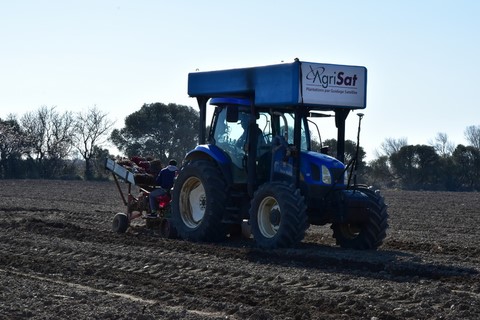FAQ - Frequently Asked Questions
UV radiation and bottles
SULphITES
Sulphites (SO2) are found in many foods and under various names.
In France, the codification found on the labels of products for sale, the additives of E220 to E228 mean the presence of sulphites.
Sulphites are found in very high concentrations in dried apricots for example.
Sulphites are found in the deli, sauces (ketchup, and others) in the vinegars, while processing the flours, in the grapes, and even in lychees so that they remain white inside their pink hull.
To have beautiful orange-coloured dried apricots, the dose of sulphites is 2000 mg/kg.
To have beautiful dried sliced mushrooms: 500 mg/kg.
Shrimp and other seafood are dipped in sulphite baths at the end of the fishery, sulphites present in the presentation ice on the stalls.
The properties of sulphites are A- the anti-oxidation of the products on which they are sprayed (or used as a soaking bath) and B- the anti-bacterial action.
The long-term conservation and stability of wines are based on the use of sulphites.
In addition, sulphites contribute to the cessation of fermentation process of the wines (without sulphite, it is imperative to keep the wines within 14 ° Celcius otherwise the fermentation leaves).
However, the use of sulphites presents, at certain proportions in the diet, health risks.
Organic wines minimize the use of sulphites, depending on the practices and type of vines.
Organic wines can use sulphites for their qualities but in highly regulated proportions:
It depends on the residual sugar rate (SR)
Organic red wine
if the residual sugar level is less than 2g/litre, sulphites may not exceed 100mg/L,
if it is between 2 and 5, it is at maximum 120mg/litre,
and above 5g/L it is capped at 170mg/L.
White and Rosé wine:
If the SR is less than 2, the sulphite concentration should be less than 150 mg/l,
if it is between 2 and 5 it is at the maximum 170mg/litre,
and above 5 g/L It is maximum 220 mg/L.
The amount of sulphites depends on the practices and techniques implemented from the grape harvest to the bottling.
In France, any product containing more than 10mg/Liter of sulphites must be marked with: "Contains sulphites".
Sources: Https://dico-du-vin.com/bio-ou-biologique-viticulture/, http://www.dietetique-lyon.fr/les-sulfites-impact-sur-la-sante/
 Agriculture Bio - Organic Agriculture
Agriculture Bio - Organic Agriculture
"Organic farming is a mode of production that finds its originality in the use of cultivation and husbandry practices concerned with respect for natural equilibriums. Thus, it excludes the use of synthetic chemicals, GMOs and limits the use of inputs.
The benefits that society can derive from organic farming are multiple in terms of creating activities and jobs, preserving soil quality, biodiversity, air and water. This mode of production allows to experiment, in real-life, innovative practices respectful of the environment and which are likely to be developed more widely in agriculture. Its modes of transformation favour the development of the natural characteristics of the products. "
LOGOS BIO
The Organic farming logo is the following ![]() . while the French Organic Farming Logo is :
. while the French Organic Farming Logo is : ![]() . They are similar and guarantee the strict respect of state-of-the-art practices.
. They are similar and guarantee the strict respect of state-of-the-art practices.
Ecocert certification with this logo ![]() is given by an agreed certification organism that controls and validates the good pratices in Organic Farming. This allows to the follow and trace the products all along the process. The web site of ECOCERT : ICI
is given by an agreed certification organism that controls and validates the good pratices in Organic Farming. This allows to the follow and trace the products all along the process. The web site of ECOCERT : ICI
GPS and organic farming
Another aspect of the modernity of the exploitation of the Dellova brothers, at Domaine de la Grange, is the use for replanting plots with new plants of a Global Satellite Positionning guided tractor.
It is an operation that requires a good preparation, and which also allows to plant in depth (one foot deep) the new plants, in the rich plain of Fitou.



